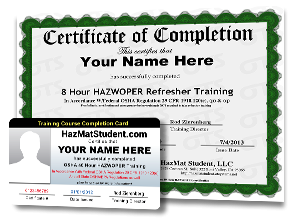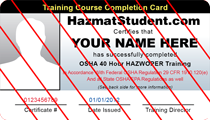Who Should Take This Course?
Our 24 Hour EMT Transition Topics EMS-CE course is designed for EMT-Basics who want to transition to EMT in order to be eligible for National EMS Certification as an Emergency Medical Technician (NREMT). Visit the NREMT EMT Transition Policy website for additional information.
Per new EMS Education Standards, an EMT-Basic with an expiration date of March 31, 2011 or March 31, 2012 has two registration cycles (4 years) to complete a state approved Emergency Medical Technician-Basic (EMT-B) to Emergency Medical Technician (EMT) transition course to be eligible for National EMS Certification as an Emergency Medical Technician (NREMT).
The NREMT-Basic is not required to complete a National EMS Certification Examination to transition to the EMT level.
| Current Certification Expires: | Complete Transition By: |
| 3/31/2011 | 3/31/2015 |
| 3/31/2012 | 3/31/2016 |







